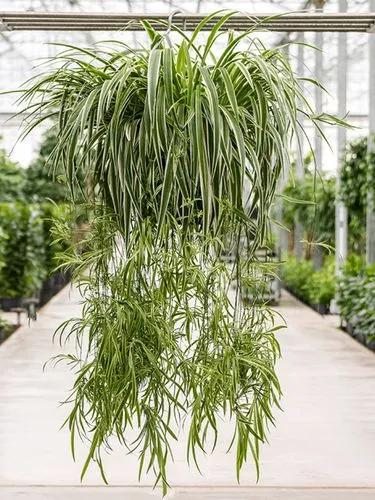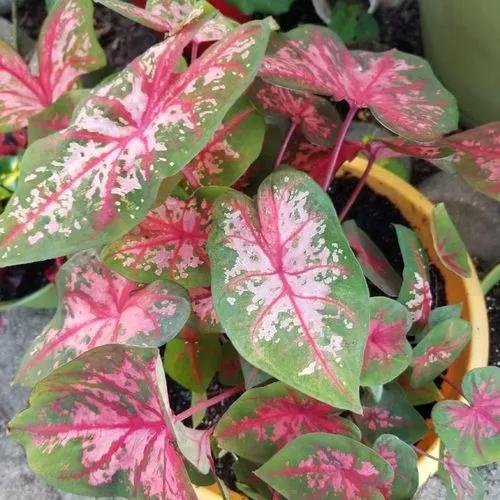Bucephalandra is a genus of flowering plants in the family Araceae. There are 30 species of Bucephalandra which have been discovered in Borneo and have been formally described by S.Y. Wong and P.C. Boyce. Most of the species are found in Borneo. These rheophytic (very seldom facultative) herbs can be minute to rather large, about 2 cm to 60 cm tall. Their stems are creeping and rooting, with a few or many leaves. The leaves can be quite delicate or tough and their shapes can be elliptic, oblong, linear, oblanceolate or obovate.
Bucephalandra Care
Bucephalandra



What is the plant
How to Care for the Plant

Water

Some hardness (GH) is essential; 5 GH and above preferably.

Pruning

Prune as needed.

Fertilizer

Bucephalandra are hardy plants that can survive in planted tanks without CO2 injection or much fertilization.
Ease your plant care routine with PlantIn's personalized system.

Sunlight

Buces can be grown well in high light situations,high in the water column.

Soil

6-7.5

Temperature

71-82.5 °F/21.5-28 °C
Ease your plant care routine with PlantIn's personalized system.

Container

Size of Container 12cm x 17cm Many containers to choose from, fit nicely for bonsai.

Popularity

13 people already have this plant 5 people have added this plant to their wishlists
What's wrong with your plant?
Related Plants
Discover more plants with the list below
Popular articles






